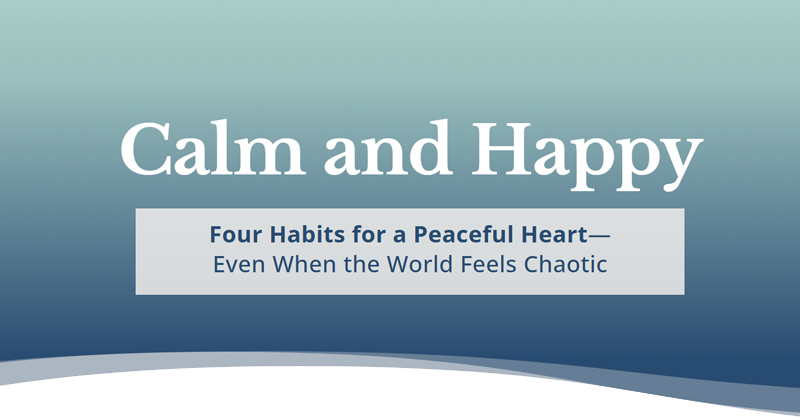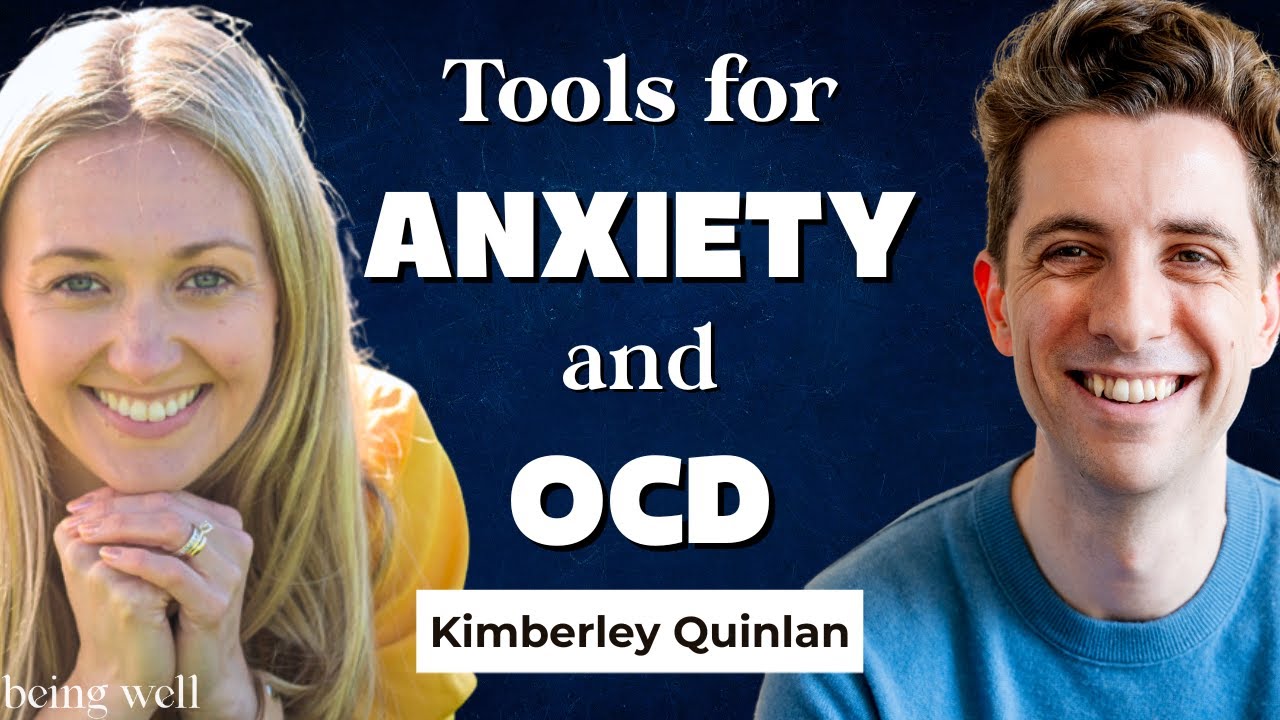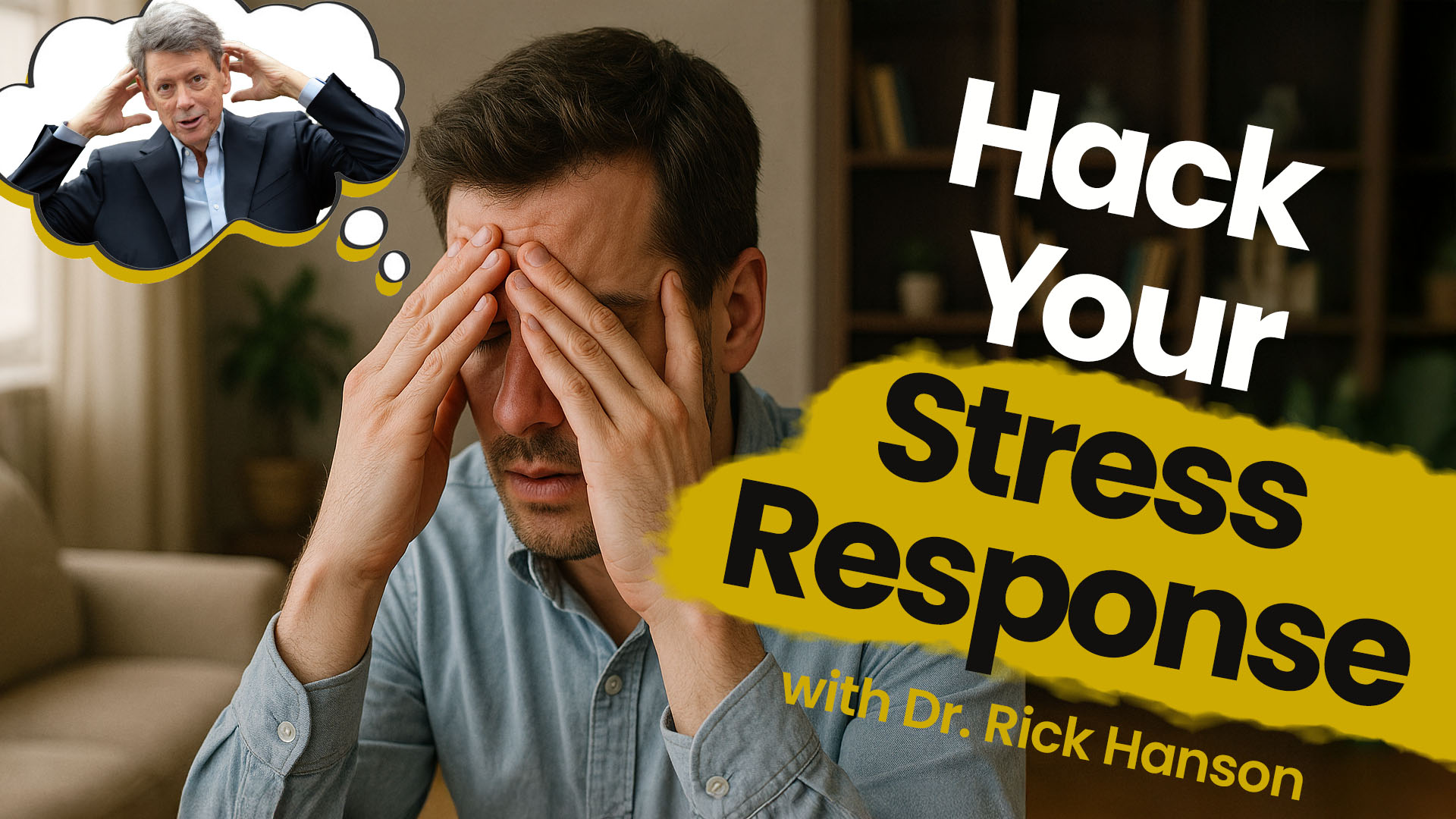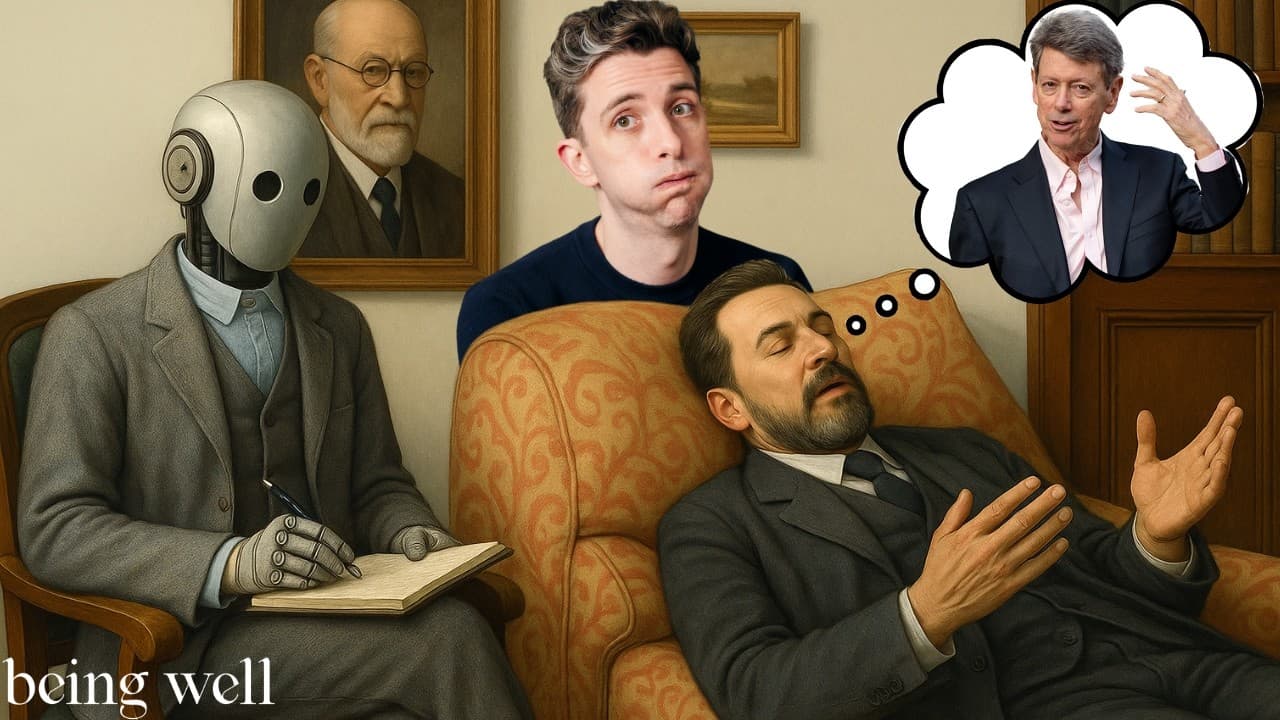by Rick Mendius (Originally published on 2/12/08)
Introduction
It is well known in our lives that losses happen – from minor ones, such as not getting the last piece of chocolate to major ones, such as the death of a loved one. How we react to these losses is what is important in determining how the rest of our lives will go. Emotions that are proportional to what is actually happening in our lives are felt as clean and right for the time. We appear to be going with the flow of our lives. Looking back we can all remember episodes of sadness that had this quality of the right intensity, the right amount of time and a sense of integrity .
We have all had other experiences of excessive sadness with a ruminative painful, sticky quality, that lasted far beyond what seemed to be appropriate and affected our lives in significantly negative ways. Some of us may also have had periods of our lives where all of the colors were dark gray to black, where sounds were muted and somber, and where it seemed we could only play the bottom 10 notes of an 88 key piano. We may have had to take prescription medications or do therapy to lift of this veil from our lives. Some of us may have had wild rides from crazed euphoria to abject depression, wreaking havoc with our relationships and professions. In this article we will explore what neuroscience, psychology, and spiritual practice have to tell us about how we can assist ourselves to recover from these kinds of episodes, how we can re- balance our lives and how we can inoculate ourselves against future events.
Neurological Perspectives
Overall maintenance of mood is dependent on a continuous and coordinated input from brainstem neurons to the limbic system and cortex. This is summarized as the monoamine hypothesis of depression. The important monoamine transmitters are norepinephrine, serotonin, and dopamine.
Norepinephrine, derived from tyrosine in the diet, is produced in two regions of the brainstem—the locus ceruleus and the lateral tegmentum.
The locus ceruleus neurons send their axons to the cerebellum, spinal cord, amygdala, and the frontal lobes and cingulated cortex. They influence a lot of consciousness and planned actions in response to emotional stimuli. The Lateral tegmental neurons send their axons to the basal forebrain, the hypothalamus, and the amygdale, coordinating memory and autonomic/endocrine responses. Any disturbance in norepinephrine synthesis or metabolism will disrupt limbic and cortical functioning, will reduce neuroendocrine activity and alter the stress response, and will alter the pleasure/reward component of social/affective expression. Norepinephrine deficient depression may be more labile and demonstrative
Dopamine, also derived from tyrosine, has three major sources. The substantia nigra in the brainstem projects to the caudate and striatum in the basal ganglia, smoothing out motor control systems (Parkinson’s disease). The ventral tegmentum projects to the ventral limbic system, the nucleus accumbens, and the pre frontal cortex. The hypothalamic dopamine neurons project to the pituitary and suppress prolactin secretion.
Dopamine is the precursor to norepinephrine in the synthetic pathway, so deficiencies in dopamine production can effect norepinephrine production as well. The flavor of dopamine problems is a lassitude, a lack of energy, and a difficulty in initiating action. There may also be psychotic behaviors due to excess dopamine in the frontal lobes.
Serotonin, derived from tryptophan, also has three sources in the brainstem that are involved in mood regulation. Small collections of neurons near the midline, called the raphe nuclei, are responsible for the bulk of the serotonin production. The dorsal midline raphe project to the striatum and the hypothalamus—these neurons are most affected by MDMA (3,4-methylene dioxymethamphetamine). The median midline raphe project to the hippocampus and are involved in the memory components of mood disorders. These systems are overlapping in their distribution and create some of the different disorders through their receptor systems. The caudal raphe nuclei in the lower brainstem are involved in sleep regulation. With deficient serotonin, individuals become depressed, tend to continue to respond to non-rewarding situations regardless of punishment, tend to become involved in frightening/abusive situations, and may seem helpless in altering their behavior (learned helplessness). Suicide and violent ends can be associated with deficient serotonin levels. Paradoxically, with a different receptor abnormality, the serotonin depression may exhibit motor retardation, social withdrawal, and confusion/sensory overload.
The hypothalamus also may be involved in some depressions. There is a reciprocal involvement of the amygdala and the hypothalamus. A predominant locus for pleasurable feelings is the lateral hypothalamus, and if this is damaged, the experience of pleasure and emotional responsiveness is markedly diminished. The medial hypothalamus is associated with aversive and unpleasant sensations. In deep psychotic depressions, there is loss of appetite, sleep disturbance (insomnia), lack of energy, and loss of libido. The overall organization of the hormonal and autonomic nervous system is clearly involved, and the circuits of the hypothalamus are strongly affected by norepinephrine and serotonin. The Hypothalamic-Pituitary-Adrenal axis is involved also in the hypersecretion of cortisol, which suppresses norepinephrine synthesis and leads to damage to multiple neuronal systems, such as the caudate and hippocampus.
The cortex of the brain is also involved in depression, independent of the brainstem systems described above. Studies of EEG, PET, and fMRI as well as clinical correlations from patients with stroke, trauma, and tumor have described a fairly consistent picture. In the frontal lobes, increased activity in the right prefrontal cortex or decreased activity in the left lateral prefrontal cortex results in depression. The right frontal lobe increases its actions in response to negative events or negative moods. The left prefrontal cortex appears to modulate the time course of the emotional response, especially the recovery time. It projects to the amygdale and the hippocampus to suppress the memory cycle, otherwise the amygdale stays active and maintains the aversive response. Therefore, the left PFC shortens negative affect and lengthens positive affect, by suppressing amygdale activity. The right PFC appears to do the opposite. Therefore, you have to be in your left brain to be in your right mind.
There are also important changes in the cingulate cortex and anterior insula which occur during both normal sadness and pathologic depression. These regions are responsible for self awareness and for error detection, both of which are distorted in depressive episodes.
Some good news in the midst of this is that the changes in the cortex and brainstem are reversible with successful treatment, either with psychotherapy or with medication. PET studies with an antidepressant showed increases in left anterior cingulate activity and left insular activity with successful relief of the depressive symptoms. So activities which increase the left frontal lobe and cingulate function would be likely to ameliorate depression and sadness.
Psychological Perspectives
The overall integrative model of mood disorders starts with a predisposing hereditary component. In identical twins, there is a 69% concordance for depression, regardless of whether the twins are raised together or apart. The risk in first degree relatives, such as siblings, is 13%.
In this genetic environment, there is then a developmental predisposition. Parental conflict in parents with similarly affected genetics results in increased rates of separation and divorce as well as intrafamily violence and aggression. With these poor coping skills and poor parenting skills in the environment, there is a developmental object loss and poor development of the individual affected. The earlier the onset of this loss, the increased severity of the episodes of depression and the more likely development of personality disorders and refractoriness to treatment.
With the development of this damaged temperament, a dysthymic approach to life (think of Eeyore in Winnie-the-Pooh), or a cyclothymic roller coaster mood style is fostered. These temperaments can persist for years before the onset of clinical major depression. They can predispose people to interpersonal friction, abnormal emotional arousal, sleep loss, and drug use. Life events and environmental adversities then impact a person with poor interpersonal support. This results in changes in the brain described above, with consequent major depression and potentially psychosis.
Even in normal people, there is a positive/negative asymmetry in experience. A single negative event requires multiple good events to counteract and rebalance the individual. People have more words for negative emotions, in all languages tested, than they have for positive emotions, and they use them more frequently. Studies of cognitive processing show that bad events and emotional experiences tie up more brain activity and have greater behavioral effects than pleasant emotions. In tests of how people regulate their own affect, people spend more time escaping bad emotions that in fostering the good emotions.
In relationships, observations of marital interactions show the same heavy weighting to negative events. Gottman’s work on videotaped interactions of couples and the ability to predict marital discord and divorce from even subtle negative cues is a great example of this. In these relationships, decreasing the negative interactions was much more powerful agent of change and improvement than increasing the positive interactions. Gottman’s ratio for evaluating interactions in relationships turns out to be greater than 5 positive interactions for every negative interaction in order to avoid future discord. It seems rational to conclude that handling oneself would require at least that ratio of positive to negative experiences in order to facilitate emotional health. Good needs to triumph by sheer force of numbers.
It also helps to hold the number of choices to the minimum necessary. People who like to maximize their choices, in contrast to people who are satisfied with a few options, are not necessarily happier. There is a negative correlation between seeking all of the available options and happiness, optimism, self-esteem, life satisfaction. There is a positive correlation between maximizing the options and depression, perfectionism, and regret. People who are searching for all of the options tend to suffer from social comparison syndrome.
So what are we to make of this body of information? Our genetics and early childhood we cannot help. Our present circumstances are not completely of our own making. We can take control of the next moment of our lives and modify it for the better.
Clearly, these principles emerge:
- We need to drop bad moods and behaviors, or at least reduce them to a minimum number.
- We need to activate the good with at least a 5 to 1 ratio.
- We need to simplify our lives, more is not necessarily better, and ruminating about choices and options will not necessarily help us further.
- We need to activate the areas of the brain that promote biological and psychological health, such as the left frontal lobe and the left insula and cingulate.
- We need to balance the nutrition of the brain to optimize the chemistry of the brainstem (see below).
Will this work? A review of studies of positive affect and success across multiple life domains (Lyobomirsky, King, & Diener, Psychological Bulletin, 2005) showed strong correlations between positive affect and subsequent success.
They reviewed studies of cross-sectional, longitudinal, and experimental evidence. Happiness clearly proceeds success, and engendering happiness with positive affect works to develop skills, behaviors, and personal resources. Positive affect fosters sociability and activity (r=.51), altruism (r=.43), liking of self/other (r=.36), body/immune strength (r=>38), and effective conflict resolution skills (r=.33). There was even a correlation between positive affect and original thinking (r=.25). The authors do not say that positive affect is a magic elixir, but rather that it changes the odds in the person’s favor. In a sense, this is Pascal’s wager—living life as though a positive outlook and moral behavior was important turns out to create more possibilities for positive outcomes.
Spiritual Perspectives
There is, of course, a tremendous spiritual literature on suffering, sadness, and grief in all of the spiritual traditions. We don’t have the time in this short article to explore these in any great detail. From the 30-thousand-foot altitude view, themes of acceptance, acquiescence, and surrender to the divine will seem to predominate. The struggle is too great for the individual to succeed alone, and intervention is necessary.
Since human beings cannot will themselves out of a severe grief or depression, within the spiritual framework, something else is needed, such as divine grace and love (Judeo/Christian tradition), or personal evocation of transcendent positive states (the “divine abodes” of love, joy, compassion, and equanimity in the Buddhist tradition).
Prevalent themes you may recognize:
- there is hope that the pain will be lifted and the burden eased. “Blessed are they that mourn, for they shall be comforted”
- there is a sense of proportion to the individual’s suffering such as is seen in the story of the Buddha asking the grieving mother of a dead infant to bring him a mustard seed from the house that had not known death. Her inability to do so relieved her of her grief.
- there is a fundamental order and balance that will right itself if we do not despair. There is always a new day, and the current situation is impermanent.
Exercises/Meditations
Letting Go
To drop negative experiences by the wayside . . .
Sit comfortably, quietly, relaxed, and in the present. Ground yourself to the earth, feeling it support you. Tether yourself to the sky, feeling it enlighten you. Bring your attention to the breath. Then breathe gently into the heart area. Feel what has to be let go of, let it arise naturally. Feel the story, the emotions, the clinging and the consequences of this event. Allow all of it to be in your awareness, and hold it in compassion. If it is right for you to release this at this time, and if you can feel the benefit of that release, let the feelings and emotions drain out into the ground under you. Sense the space and freedom that remains, the ease and hope that arises. In that space, place a smile, of understanding, happiness, and expectation of the good.
Equanimity Practice
To free ourselves from the current conflict, to open ourselves to a deeper happiness and contentment with what is, at this moment . . . This is a combination of several practices, in an attempt to evoke an entire field of heartfelt positive awareness.
Sit in a comfortable position, relaxed, with a soft, open heartedness and the breath moving in and out of the heart area. Breathing gently, with each exhalation, let the following phrases occur:
Breathing in, I calm my body
Breathing out, I calm my mind.
May I be balanced,
May I be at peace.
May I be safe from inner and outer danger and harm
May we be safe from inner and outer danger and harm
May I be happy, May I be healthy, may I awaken and be free
May we be happy, May we be healthy, May we awaken and
be free
May I be free from pain and sorrow, may I be eased.
May we be free from pain and sorrow, may we be eased.
May my suffering and sadness be held in compassion.
May our suffering and sadness be held in compassion.
May my happiness and good fortune continue and increase
May our happiness and good fortune continue and increase
I offer my gratitude for the life of abundance I’ve been given
We offer our gratitude for the life of abundance we’ve been given.
I am the owner of the results of my actions, my happiness depends on my actions.
We are the owners of the results of my actions, our happiness depends on our actions.
May I see the arising and passing of all things with balance
and at peace, with equanimity
May we see the arising and passing of all things with
balance and at peace, with equanimity.




